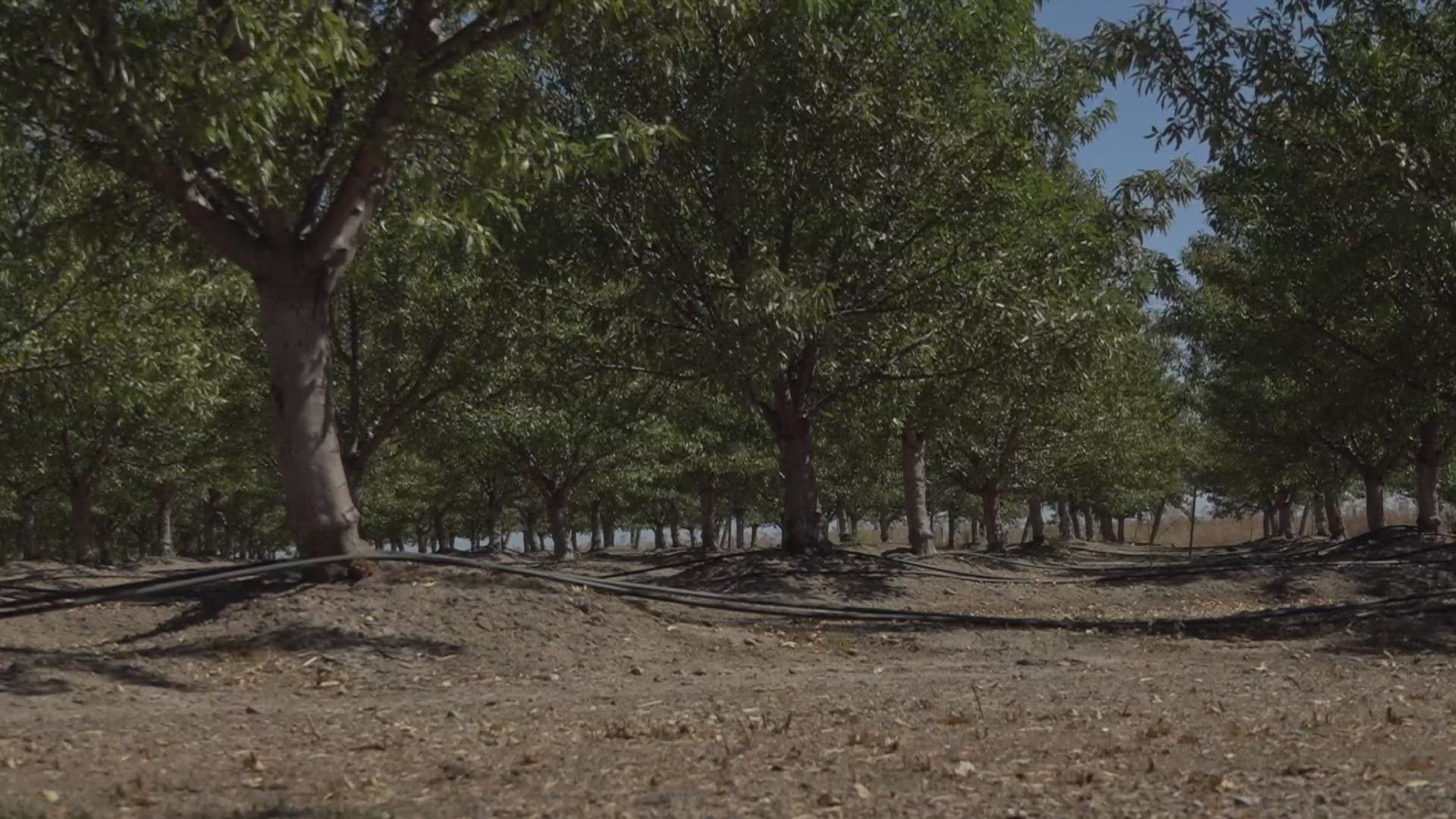PLACER COUNTY, Calif. — Placer County will be building a new bridge to replace the historic Yankee Jims Bridge.
Yankee Jims Bridge is located between Colfax and Foresthill, and the new bridge will run adjacent to the current one, crossing over the north fork of the American River. The project is in the planning phase.
According to Kevin Ordway, an engineering manager with the Placer County Public Works Department, Yankee Jims Bridge was the main access to the railroad for a lot of the gold coming off the Foresthill divide.
Yankee Jims Bridge was built in the 1930s and has a capacity of three tons or about 6,000 pounds. However, it's now considered structurally deficient since it can't hold many modern vehicles, including emergency vehicles such as fire trucks and ambulances.
"It became really important for replacement back in, I believe it was 2012, with the Robbers Fire. The fire response initially came from Colfax and they got down here and they couldn't cross the bridge. It delayed the response to that fire, so that really gave the energy needed to get the funding and secure it so we could put in a bridge that could actually meet current firetruck loads," Ordway said.
The new, two-lane suspension bridge is planned to be built alongside Yankee Jims Bridge, which is a one-lane bridge.
"This is a beautiful bridge and we want to complement the beauty of this canyon," Ordway said.
Ordway said they're also planning on building a parking lot by the bridge. He said people park along the roadway right now and it's been an issue, so they are planning to put "No Parking" signs on the road and have people park in the new lot. Ordway said the number of parking spots and where people park still needs to be determined.
The county's public works department is having an information night on the future of Yankee Jim Bridge Oct. 10 from 5:30-7:30 p.m. in the Planning Commission chambers at 3091 County Center Dr. in Auburn. People can ask questions about the project and its impact.
Watch more on ABC10: The Power of California water, how the state can better use its reservoirs, dams



















